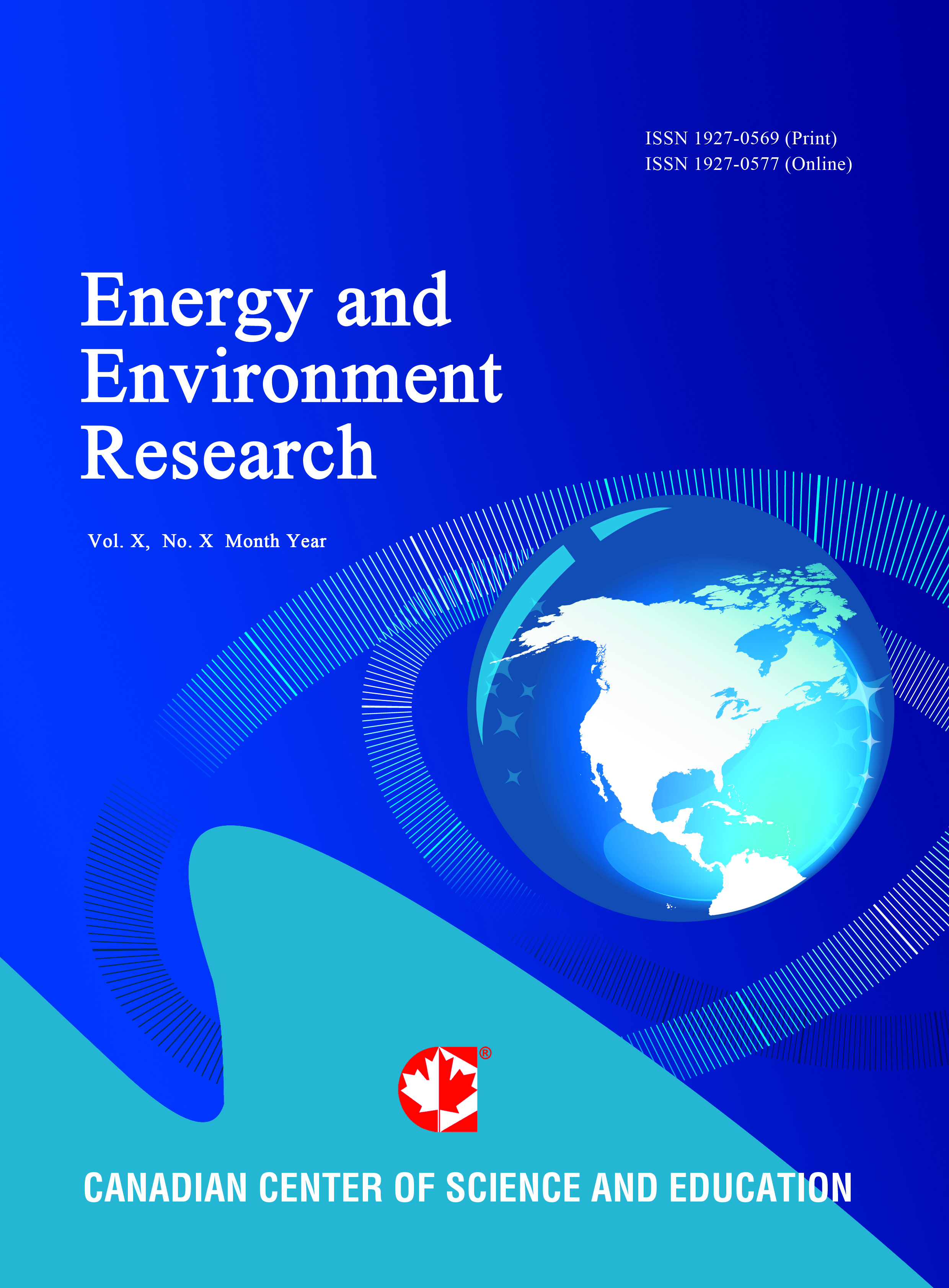Modeling Direct Ethylene Hydration over Zirconium Tungsten Catalyst: Fundamental of Ethanol Production Using the Biggest Global Ethylene Feeding Pipeline in Iran
- Behrooz Roozbehani
- Saeedeh Imani Moqadam
- Mojtaba Mirdrikvand
- Ali Cheshmeh Roshan
Abstract
Ethanol is produced through two methods of fermenting and hydration of ethylene. In this article, regarding low rates of ethanol production in Iran (1.5´108 liters per year) and extreme requirement of global industry to ethanol as a fuel additive, the capacity of ethanol production in Iran has been discussed. Adding ethanol to fuels would make them environmental friendly and as a result, huge amounts of ethanol would be required. It is declared that Iran, having the biggest ethylene pipeline in the world, has the potential of massive ethanol production and could play a pivotal role for global ethanol manufacturing in the near future. In addition, producing ethanol and exporting it is investigated via the simulation of an ethanol factory. Direct hydration of ethylene is the recommended method in this study. Simulation of this process was done using HYSYS software and the optimization results are illustrated based on Aspen Plus software.- Full Text:
 PDF
PDF
- DOI:10.5539/eer.v2n2p28
Journal Metrics
(The data was calculated based on Google Scholar Citations)
h-index (July 2022): 19
i10-index (July 2022): 53
h5-index (July 2022): N/A
h5-median(July 2022): N/A
Index
- BASE (Bielefeld Academic Search Engine)
- CiteFactor
- CNKI Scholar
- Elektronische Zeitschriftenbibliothek (EZB)
- Excellence in Research for Australia (ERA)
- Genamics JournalSeek
- Google Scholar
- NewJour
- Norwegian Centre for Research Data (NSD)
- PKP Open Archives Harvester
- Publons
- ROAD
- SHERPA/RoMEO
- Standard Periodical Directory
- Ulrich's
- Universe Digital Library
- WorldCat
Contact
- Lesley LuoEditorial Assistant
- eer@ccsenet.org
